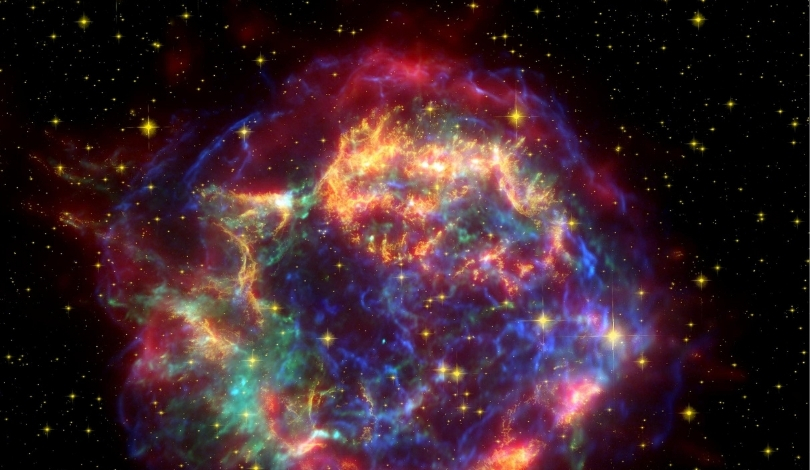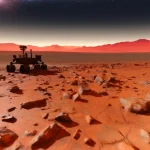Recent advancements in X-ray astronomy have led to the development of a detailed three-dimensional model of the Local Hot Bubble (LHB), a region surrounding our Solar System filled with hot, low-density gas. This new model enhances our understanding of the soft X-ray background and the distribution of dust within the local interstellar medium. The study not only confirms the presence of the LHB but also uncovers previously unknown structures influencing its characteristics.
Past research primarily relied on data from the ROSAT telescope, which provided foundational insights into the LHB’s properties. However, the latest findings by the Max Planck Institute for Extraterrestrial Physics (MPE) utilizing the eROSITA All-Sky Survey (eRASS1) offer a more refined view, revealing temperature variations and structural features that were not discernible before. This progress marks a significant enhancement in our ability to model and understand the immediate cosmic environment of the Solar System.
How Did eROSITA Enhance Our Understanding of the LHB?
The eROSITA telescope, launched in 2019 as part of the Spektr-RG space observatory, provided unprecedented sensitivity and coverage for observing X-ray emissions beyond Earth’s geocorona. By synchronizing the eRASS1 survey with the solar minimum, researchers minimized interference from solar wind interactions, allowing for a clearer detection of the LHB’s X-ray emissions. This led to the identification of significant temperature differences within the LHB, affirming its existence and detailing its structure.
What New Structures Were Identified in the LHB?
The study revealed an interstellar tunnel towards Centaurus, a feature that creates a gap in the cooler interstellar medium. This tunnel, along with the Canis Major tunnel, suggests connections between the LHB and larger superbubbles like the Gum Nebula. These structures indicate a network maintained by supernovae and interactions between solar winds and the interstellar medium, providing a more complex picture of our local cosmic neighborhood.
What Implications Do These Findings Have for Solar System’s Position?
“Another interesting fact is that the Sun must have entered the LHB a few million years ago, a short time compared to the age of the Sun. It is purely coincidental that the Sun seems to occupy a relatively central position in the LHB as we continuously move through the Milky Way.”
These findings suggest that the Solar System’s current location within the LHB is a recent development on a cosmic timescale, influencing how our environment interacts with the broader galaxy.
The comprehensive 3D model developed by the research team not only maps the temperature and density variations within the LHB but also integrates known supernova remnants and molecular clouds. This model serves as a valuable tool for astronomers to explore the dynamic processes shaping the local interstellar environment and offers insights into the history and evolution of the Solar System’s immediate space.
This study represents a significant step forward in astrophysics, providing clearer evidence of the LHB’s structure and its interaction with surrounding cosmic features. The integration of eROSITA and ROSAT data exemplifies the progress made in observational astronomy, allowing for more accurate and detailed models of our cosmic neighborhood.
With ongoing advancements in X-ray astronomy, future surveys and models are expected to further refine our understanding of the interstellar medium and the factors influencing the Solar System’s position and movement within the Milky Way.










